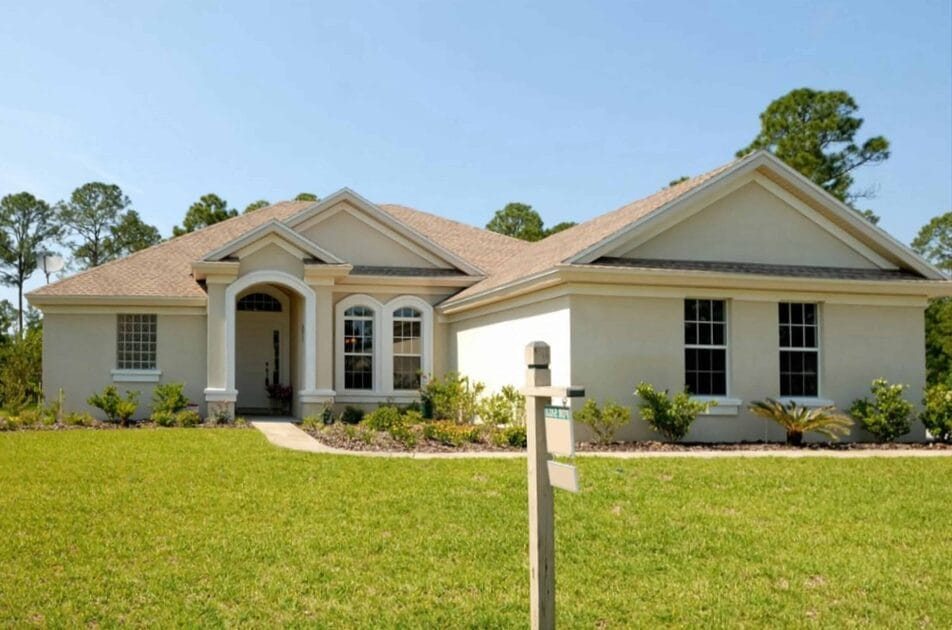Is it worth buying a house in the US in 2024?

Home sales have fallen unexpectedly sharply this year, falling about 17% from a peak in February to a trough in October, according to the National Association of Realtors (NAR).
Contrary to expectations, home prices have reached historic levels, up 7% year-to-date and currently 1% above their 2022 peak, according to Case Shiller indicators.
The biggest surprise was mortgage rates, which were close to 8%. The average 30-year fixed-rate mortgage reached 7.79% at the end of October, the highest level in 23 years, according to Freddie Mac.
Together, these factors have created the least affordable housing market in a generation. Sales of existing homes fell below 4 million units, a level not seen since 2010.
What awaits us in 2024?
“At the beginning of this year, I called it a year of disappointment,” said Jonathan Miller, president and CEO of Miller Samuel Real Estate Appraisers and Consultants. “Now I call it the year of incremental change.”
While inflation may have peaked, the shadow of recession still lingers. The forecast is that 2024 will bring gradual improvements in home sales, prices and mortgage rates without major disruptions.
Rates will go down
Mortgage rates have fallen for nine weeks in a row and are expected to continue to fall in 2024, although they are unlikely to fall below 6%.
The average rate on a 30-year fixed-rate mortgage has dropped nearly one percentage point this year, standing at 6.61% at the end of December.
The impact of the Federal Reserve’s historic campaign to control inflation by raising interest rates has been visible in the housing market, dampening demand as rates rise and shutting out potential buyers.
“Rising mortgage rates in 2022 and 2023 were perhaps the main reason why the housing market stagnated,” said Skylar Olsen, chief economist at Zillow. “Recent rate cuts have stimulated activity.”
Zillow predicts mortgage rates will average about 6.8% in 2024 and end the year at about 6.5%.
Lawrence Yun, NAR’s chief economist, expects the 30-year mortgage rate to decline on average, reaching 6.3% in 2024, and expects the Federal Reserve to cut rates by a factor of four, which could ease inflationary conditions.
Improved accessibility
The typical home buyer spent more than 40% of their income on mortgage payments in October, reaching the highest level since the 1990s, according to Zillow data.
With mortgage rates expected to decline in the new year and the number of homeowners looking to sell as the gap between their rates and current rates narrows, more homes are expected to hit the market, helping prices stabilize in some places and stall growth in others. .
While those expecting a significant drop in prices may be disappointed, forecasts show home values will remain relatively stable in 2024. this year.
Planned increase
NAR’s forecast calls for modest growth, reaching a median home price of $389,500 in 2024, up 0.9% from this year.
With mortgage rates at 6.6%, the average American family can afford to buy a median-priced home without spending more than 30% of their income, which is the affordability standard, according to NAR. With this forecast, it is estimated that 4.5 million households will once again be able to afford a median-priced home.
Home sales expected to rise in 2024
With increased inventory and slightly lower mortgage rates, existing home sales are expected to increase, NAR forecasts.
Nearly 5 million new home sales
Yoon forecasts sales of 4.71 million existing homes in 2024, up 13.5% from this year, ending with sales of about 4.1 million units.
Continued new home construction is expected to push up inventories, with 1.48 million new homes projected to be built in 2024, including 1.04 million single-family and 440,000 multifamily.
Based on pent-up demand, Yun said Austin, Texas, will lead the housing market, with other metropolitan markets in the South leading the way due to rapid job growth, while markets in the Midwest will see benefits as they will become more accessible. .
Cities expected to outperform the national average include Dallas-Fort Worth, Texas; Dayton, Ohio; Durham and Chapel Hill, North Carolina; Harrisburg, Pennsylvania; Houston; Nashville, Tennessee; Philadelphia; Portland, Maine; and Washington.